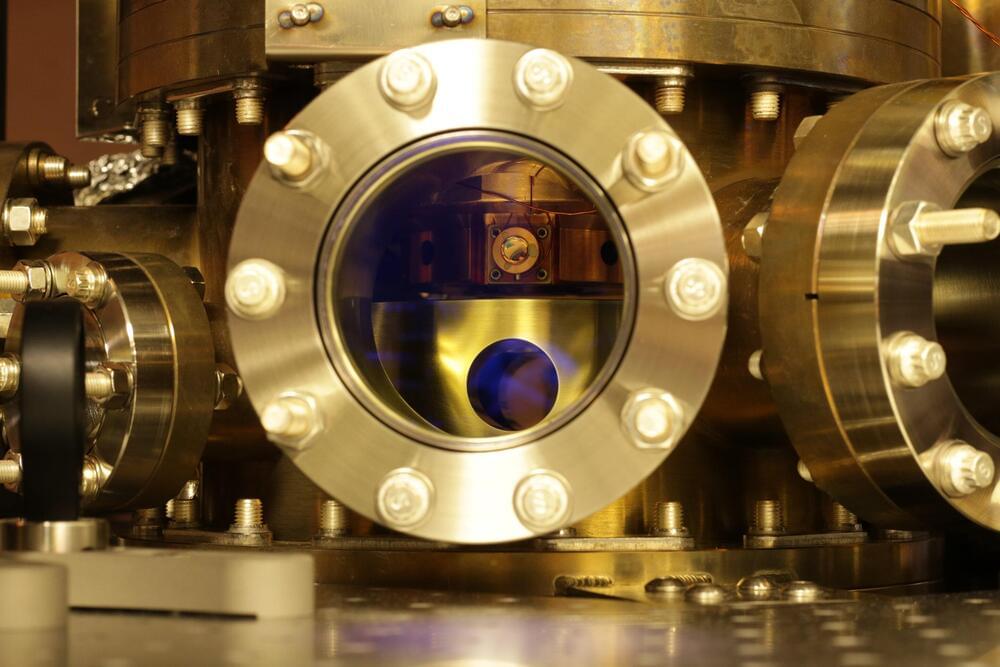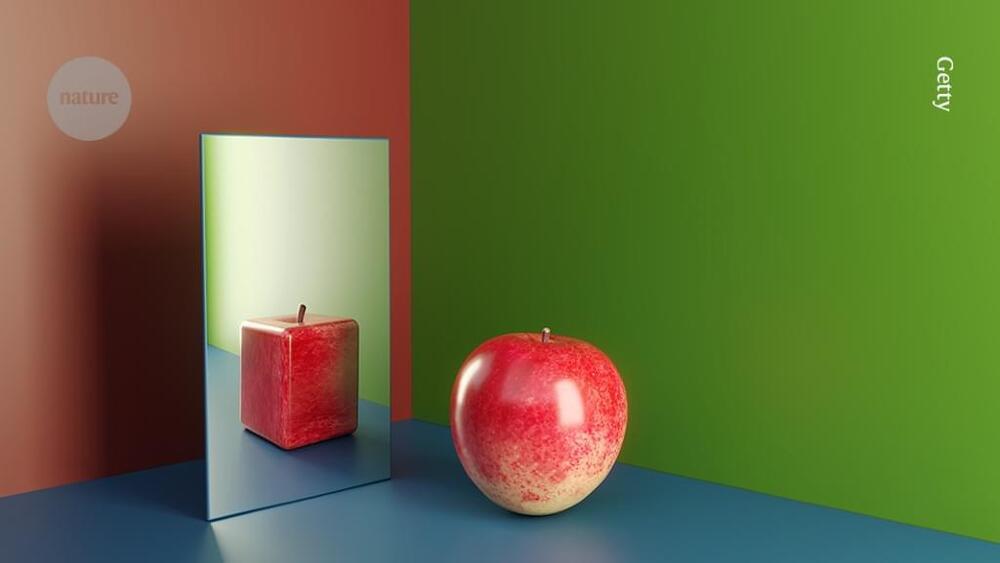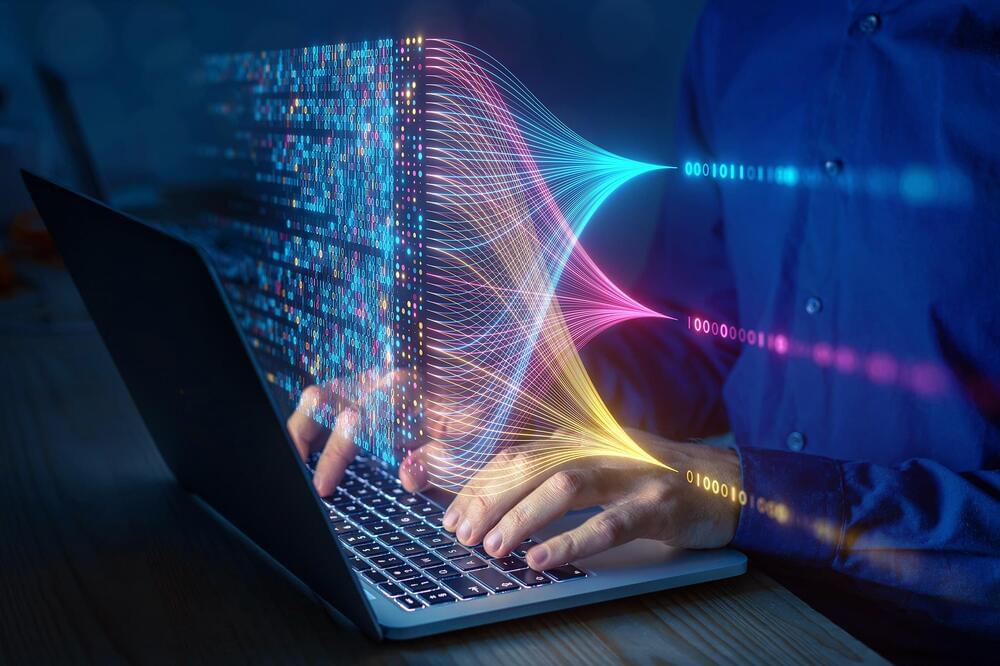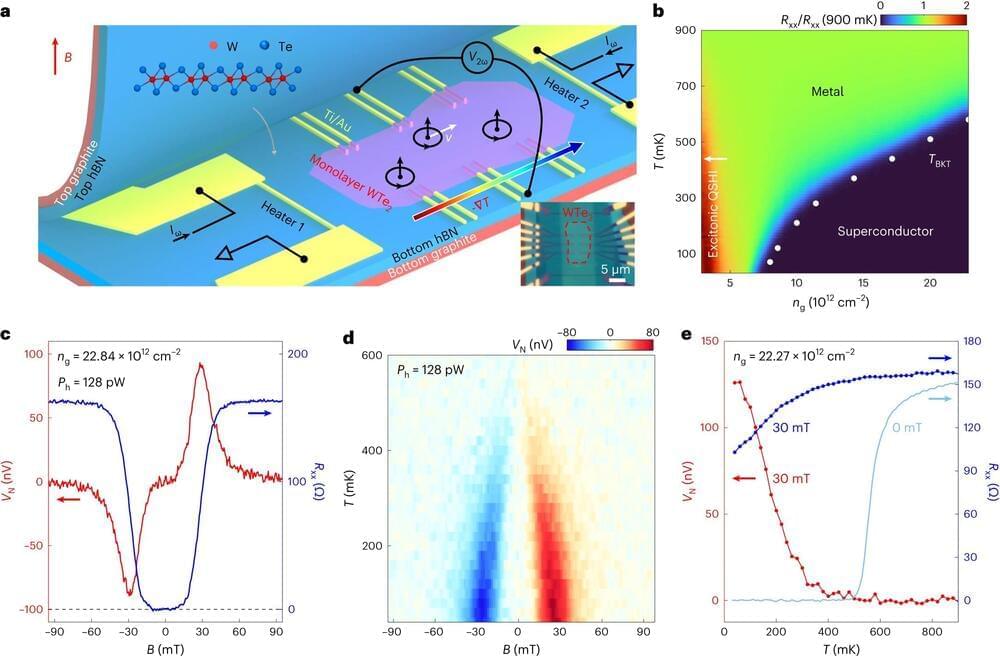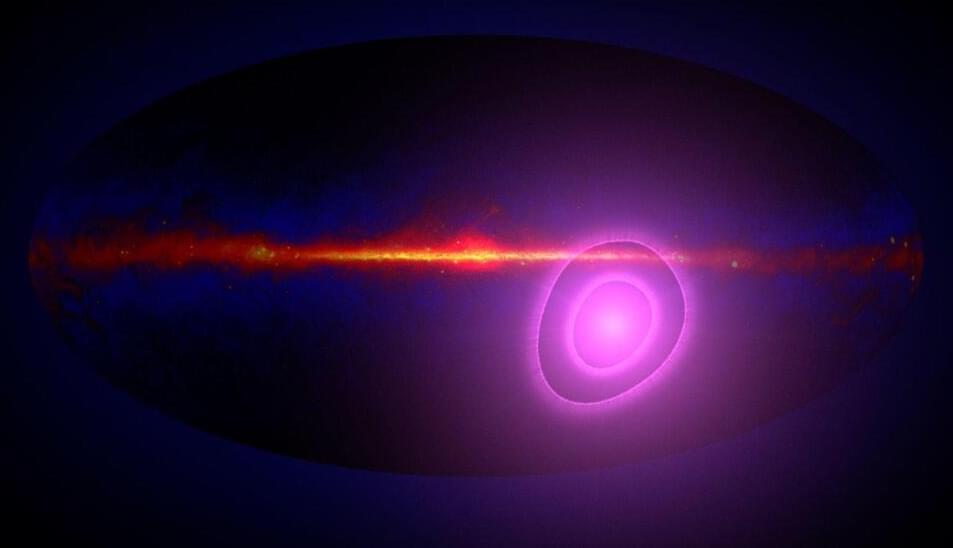Scientists have uncovered the interaction between lattice vibrations and spins in a hybrid excitation called an electromagnon, using a unique combination of experiments at the SwissFEL X-ray free electron laser. This discovery at the atomic level paves the way for ultrafast manipulation of magnetism using light.
Within the atomic lattice of a solid, particles and their various properties cooperate in wave like motions known as collective excitations. When atoms in a lattice jiggle together, the collective excitation is known as a phonon. Similarly, when the atomic spins – the magnetisation of the atoms-move together, it’s known as a magnon.
The situation gets more complex. Some of these collective excitations talk to each other in so-called hybrid excitations. One such hybrid excitation is an electromagnon. Electromagnons get their name because of the ability to excite the atomic spins using the electric field of light, in contrast to conventional magnons: an exciting prospect for numerous technical applications. Yet their secret life at an atomic level is not well understood.

